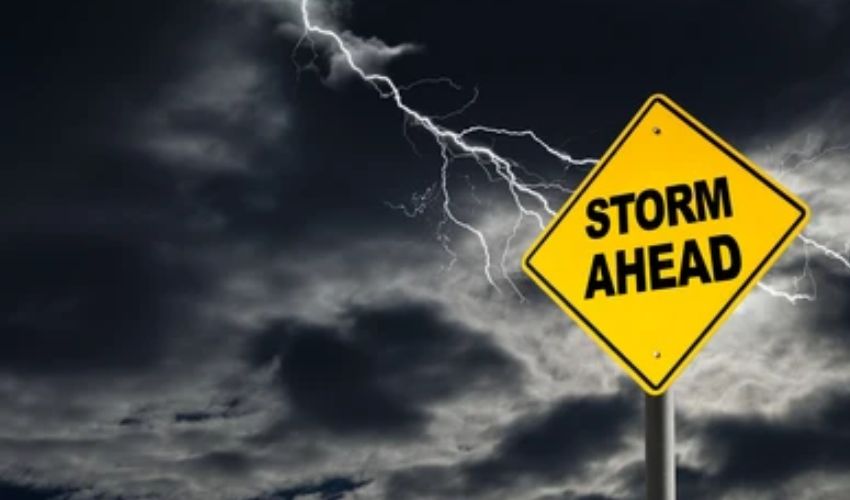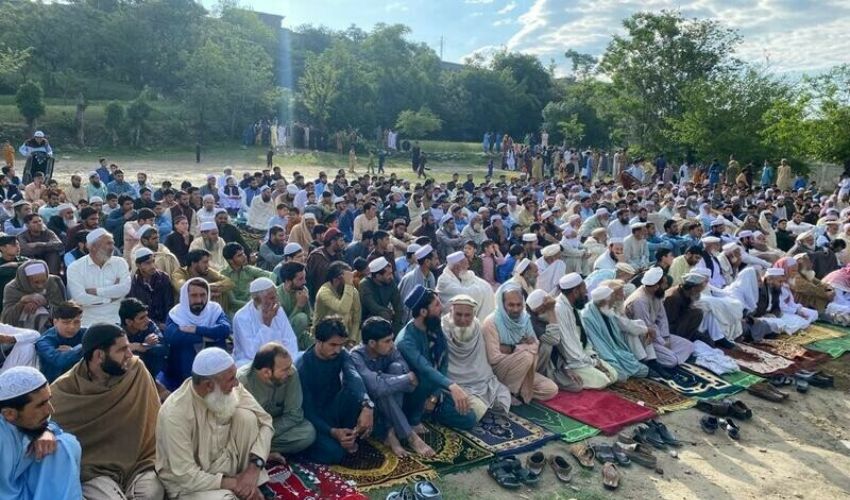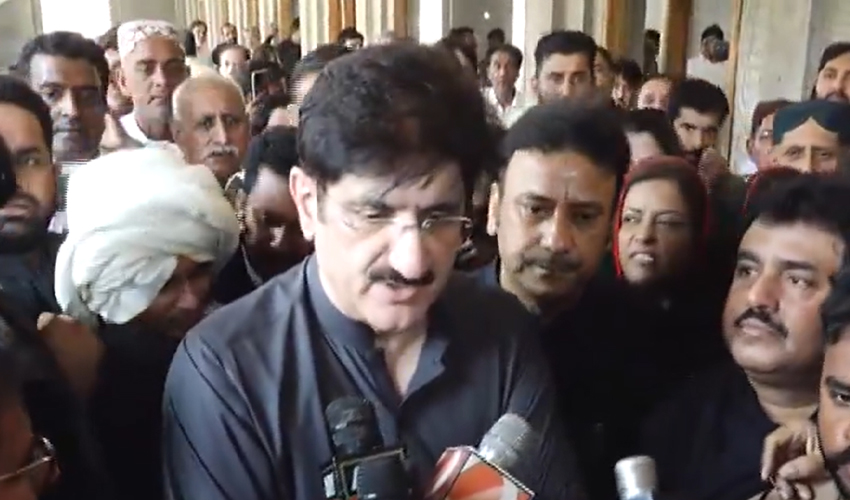As the monsoon season approaches, experts predict higher-than-usual rainfall across the country, with significant risks of flooding from July to September. The National Disaster Management Authority (NDMA) has issued warnings and outlined precautionary measures to mitigate potential disasters.
The monsoon rains are expected to exceed normal levels this year, raising concerns about widespread flooding.
Rivers and canals are at high risk of overflowing, potentially causing severe flooding in adjacent areas.
Flash flooding is particularly likely in Azad Kashmir and Gilgit-Baltistan.
Major rivers such as the Kabul, Indus, and Swat in Khyber Pakhtunkhwa, and the Sutlej and Ravi in Punjab, as well as parts of Sindh, are at high risk of significant flooding.
Zahra Hassan, GIS Team Leader: “Flash flooding events may occur in GB and AJK. Apart from this, rivers such as Kabul, Indus, and Swat in KPK, as well as Sutlej and Ravi, may experience high levels of flooding."
NDMA Manager Operations Kazim Rahim said: "An emergency plan outlining the roles and responsibilities of all stakeholders has been prepared. We advise the public not to drive through flooded rivers, to reinforce the roofs of mud houses, and to stay indoors during storms."
Public advisory:
Residents in flood-prone areas should be vigilant and follow safety guidelines issued by the NDMA. Avoid driving through flooded areas and reinforce weak structures to withstand heavy rains and storms.
With temperatures predicted to be two degrees higher than normal in June and July, there is an increased risk of rapid snowmelt in the mountains, which could exacerbate flash flooding.
The NDMA continues to monitor the situation closely and urges citizens to stay informed and prepared for potential emergencies during the monsoon season.



























